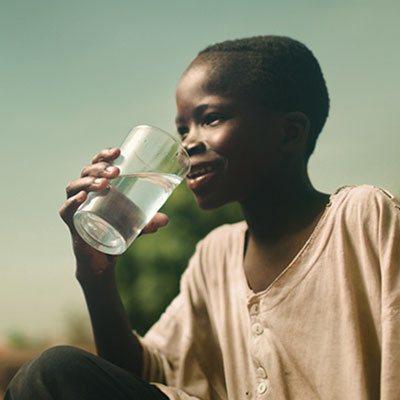Water Crisis
Water-related crises will shape some of the struggles of the 21st century. Yet more important than whatever political conflicts are driven by water shortages is the humanitarian impact the water crisis already has on so many people. UN estimates that 784 million people do not have access to clean drinking water. WHO estimates that as many as 2.2 million people die annually from diarrhoea alone, almost always the result of contaminated drinking water, the vast majority of them children. Ending the water crisis is about far more than ensuring people have access to clean drinking water and do not die from readily preventable waterborne diseases: it is also about making sure children are healthy enough to go to school, women have the time to go to work as well as care for their families, and entire communities can begin devoting time and resources to other social, cultural and economic pursuits than fetching water. Ensuring that communities across the globe have ready access to clean drinking water is only becoming more critical by the day.

